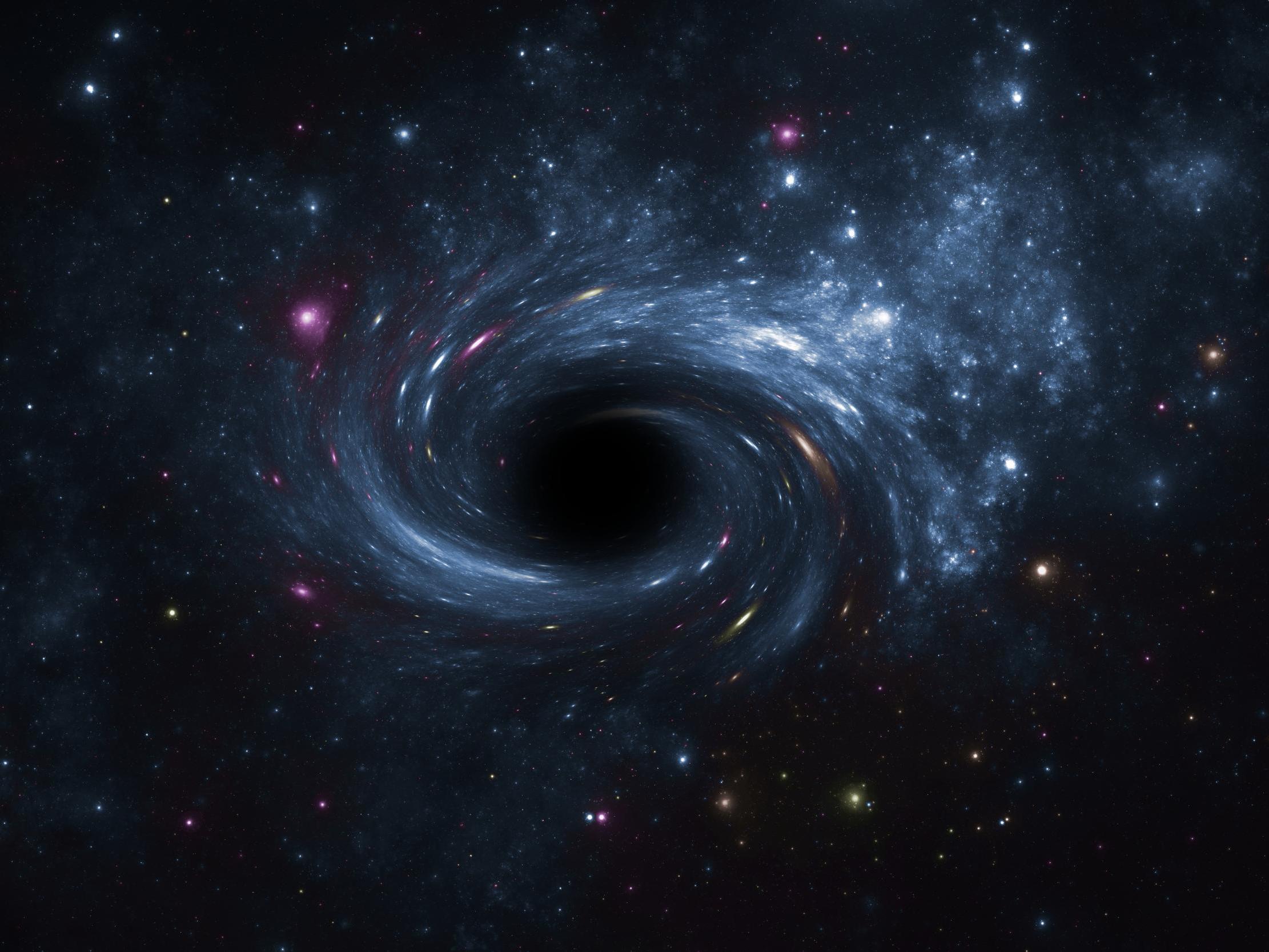New class of black holes smaller than thought possible discovered by scientists
Scientists find black hole that is 3.3 times the mass of the sun making it by far smallest known in Milky Way

Your support helps us to tell the story
From reproductive rights to climate change to Big Tech, The Independent is on the ground when the story is developing. Whether it's investigating the financials of Elon Musk's pro-Trump PAC or producing our latest documentary, 'The A Word', which shines a light on the American women fighting for reproductive rights, we know how important it is to parse out the facts from the messaging.
At such a critical moment in US history, we need reporters on the ground. Your donation allows us to keep sending journalists to speak to both sides of the story.
The Independent is trusted by Americans across the entire political spectrum. And unlike many other quality news outlets, we choose not to lock Americans out of our reporting and analysis with paywalls. We believe quality journalism should be available to everyone, paid for by those who can afford it.
Your support makes all the difference.Scientists have discovered a new class of black holes that are smaller than thought possible.
For years, astronomers believed black holes had to be at least five times the mass of the sun. However, they have discovered a black hole that is 3.3 times the mass of the sun – making it by far the smallest known one in the Milky Way.
“We’re showing this hint that there is another population out there that we have yet to really probe in the search for black holes,” said lead author Todd Thompson, a professor of astronomy at Ohio State University.
“People are trying to understand supernova explosions, how supermassive black stars explode, how the elements were formed in supermassive stars.
“So if we could reveal a new population of black holes, it would tell us more about which stars explode, which don’t, which form black holes, which form neutron stars. It opens up a new area of study,” he said.
Black holes have such powerful gravitational pulls nothing – including light – can escape. They form when stars die, shrink and then explode. Neutron stars are small dense starts that form when stars die and collapse.
For years astronomers only knew about black holes that were between five and 15 times the mass of the sun. If neutron stars were above 2.5 times the mass of the sun, scientists believe they would collapse into a black hole.
In 2017 scientists used Laser Interferometer Gravitational-Wave Observatory to spot two black holes merging together in a galaxy 1.8 billion light years away. One black hole was 31 times the mass of the sun and the other was 25 times its mass.
This showed that black holes could have larger masses than ever recorded before.
Researchers suspected this meant black holes could also be discovered that were somewhere between the size of the biggest neutron star and smallest black hole.
Astronomers looked through data collected from the Apache Point Observatory Galactic Evolution Experiment, which collected light spectra from around 100,000 stars in the Milky Way and discovered a low-mass black hole that was 3.3 times the mass of the sun, according to the paper published in Science.
Professor Thompson said: “What we’ve done here is come up with a new way to search for black holes, but we’ve also potentially identified one of the first of a new class of low-mass black holes that astronomers hadn’t previously known about.
“The masses of things tell us about their formation and evolution, and they tell us about their nature.”
Join our commenting forum
Join thought-provoking conversations, follow other Independent readers and see their replies
Comments